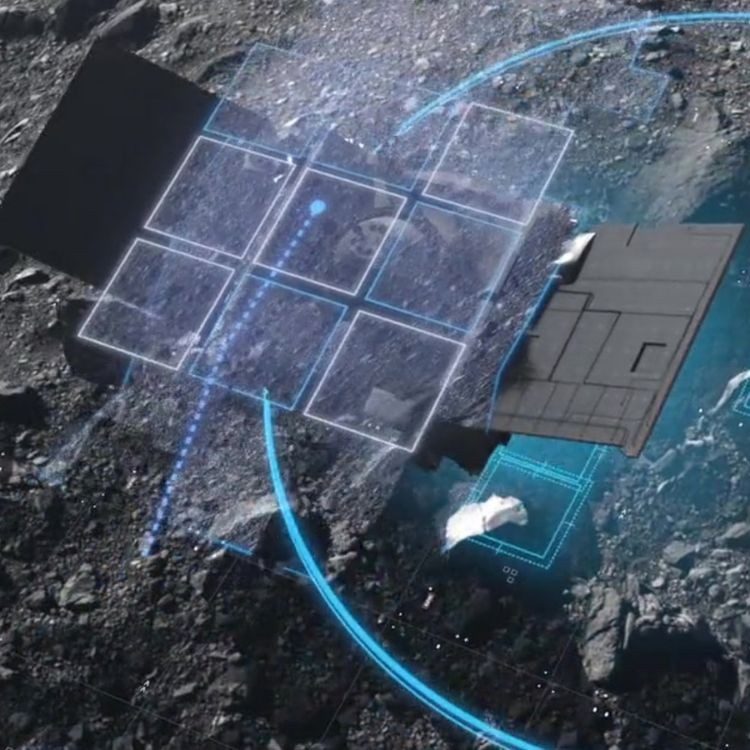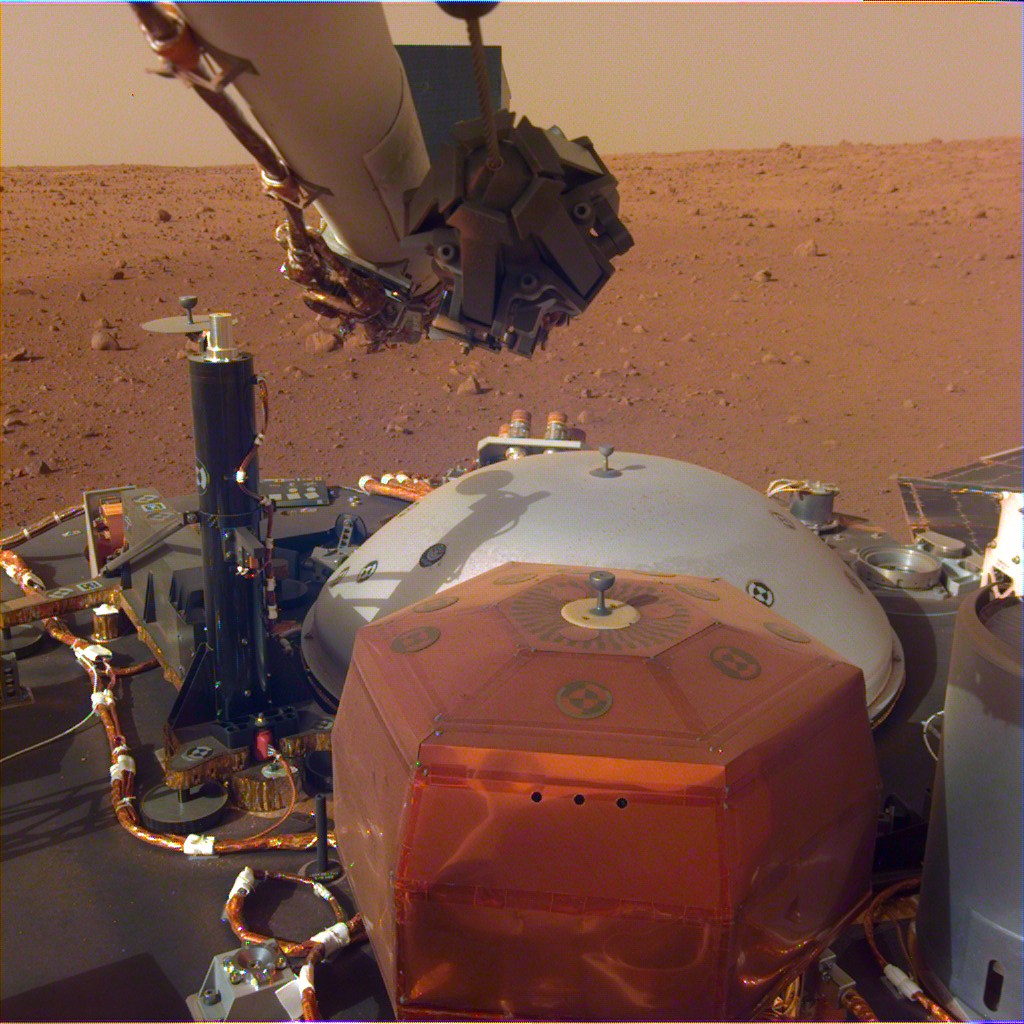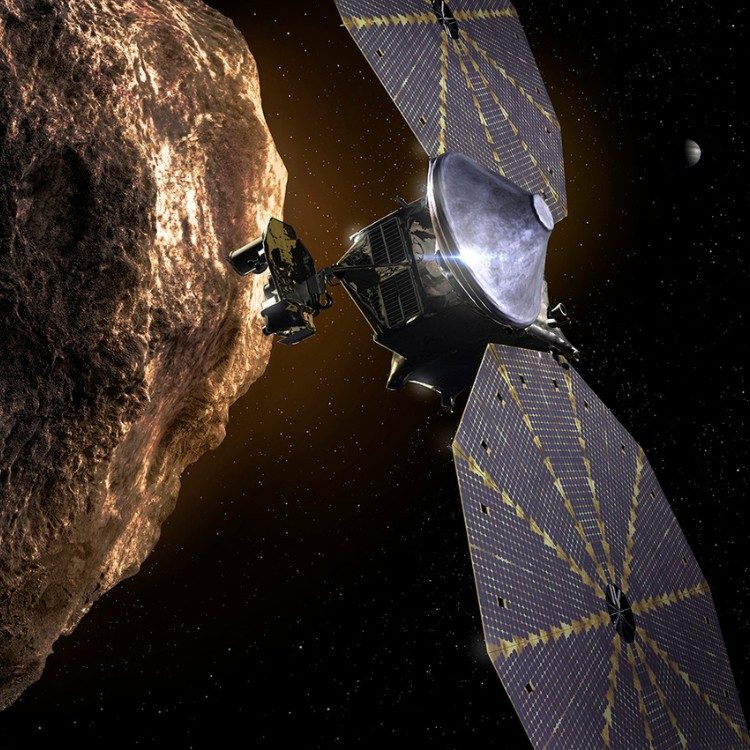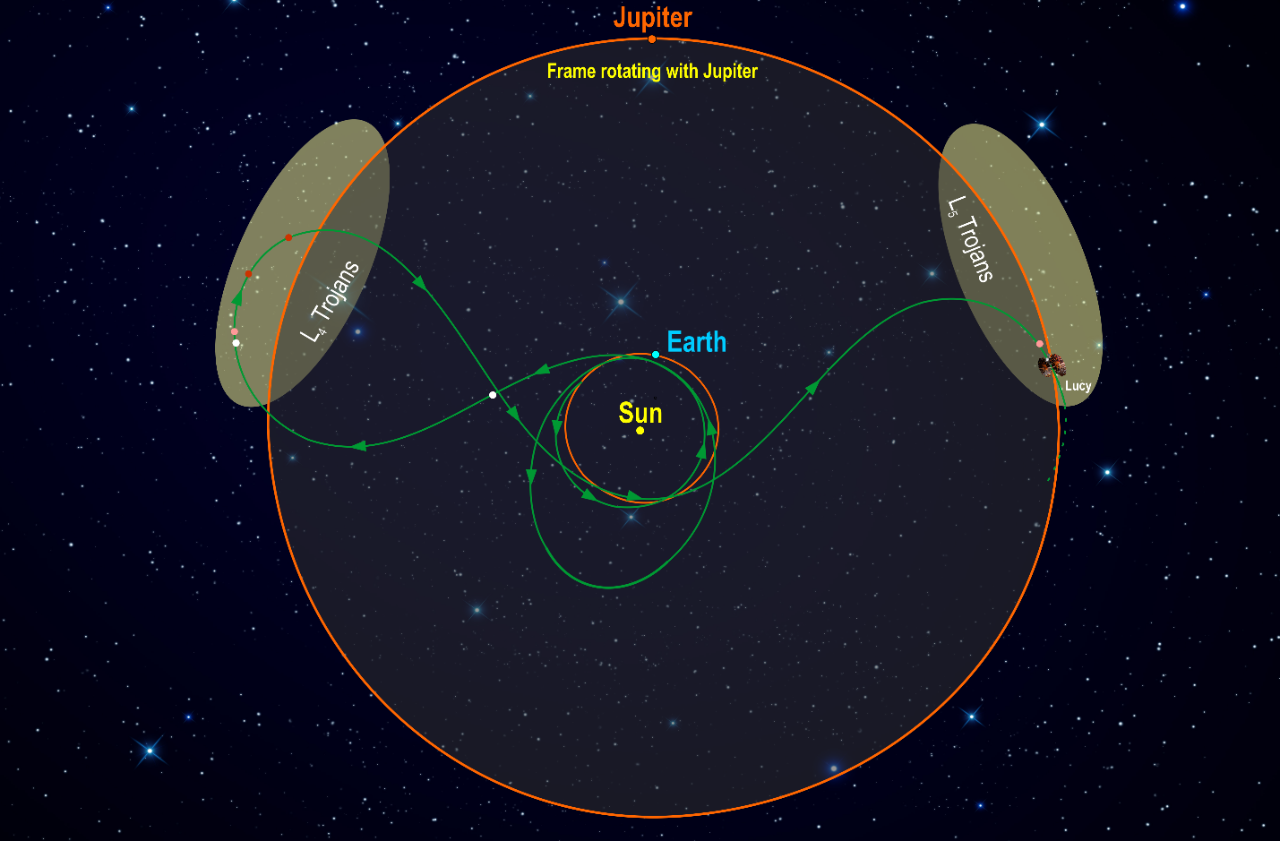5 Ways We Use Pi for Space Exploration Missions
March 14, 2024
In the vast cosmos where precision is paramount, the mathematical constant pi plays a pivotal role in advancing space exploration and scientific discoveries. Did you know Lockheed Martin Space uses pi in the following ways?
1. Mapping Bennu: OSIRIS-REx and Natural Feature Tracking
In a celestial dance around asteroid Bennu, NASA’s OSIRIS-REx mission utilized pi to meticulously map its rugged surface. By incorporating pi into the spacecraft’s navigation algorithms, OSIRIS-REx was placed into an optimal orbit to gain unprecedented insights into the asteroid’s topography, which allowed for a precision tag and sample collection.

2. InSight into Marsquakes: Pi’s Martian Precision
On Mars, NASA’s InSight Lander harnessed the power of pi to help detect and analyze Marsquakes. By employing pi in the calculations of seismic data, scientists could precisely measure surface waves traveling outward from the epicenter of the seismic event, helping to determine when a quake occurred.

3. Communications: Pi in Deep Space Dialogue
NASA’s deep space network (DSN) relies on pi for communication with distant spacecraft like Lucy, OSIRIS-REx/APEX and Juno. Pi plays a role in encoding and decoding signals, ensuring that vital information—like spacecraft commands —traverses the void of space with accuracy.

4. Orbital Maneuvers: Pi’s Path to Cosmic Circles
Getting into orbit requires leveraging pi into trajectory calculations, from launch all the way to orbital insertion. Pi helps guide human-rated spacecraft, like Orion, through the intricacies of gravitational forces. This ensures that these satellites, orbiters and manned spacecraft reach their intended orbits with extreme accuracy.
How soon is too soon to get excited for #Artemis II? 🌙
— Lockheed Martin Space (@LMSpace) January 3, 2023
Check out the flight path for @NASA_Orion’s next Moon mission. ⬇️ pic.twitter.com/vOYPvNy0e3
5. Asteroid Tracking: Pi’s Watchful Eye
With current and upcoming asteroid missions like Lucy and OSIRIS-APEX, tracking these rocky bodies is essential. By utilizing pi in orbital calculations and trajectory predictions, scientists can precisely monitor the paths of these cosmic wanderers to aid mission planners with developing intricate yet efficient mission profiles.





